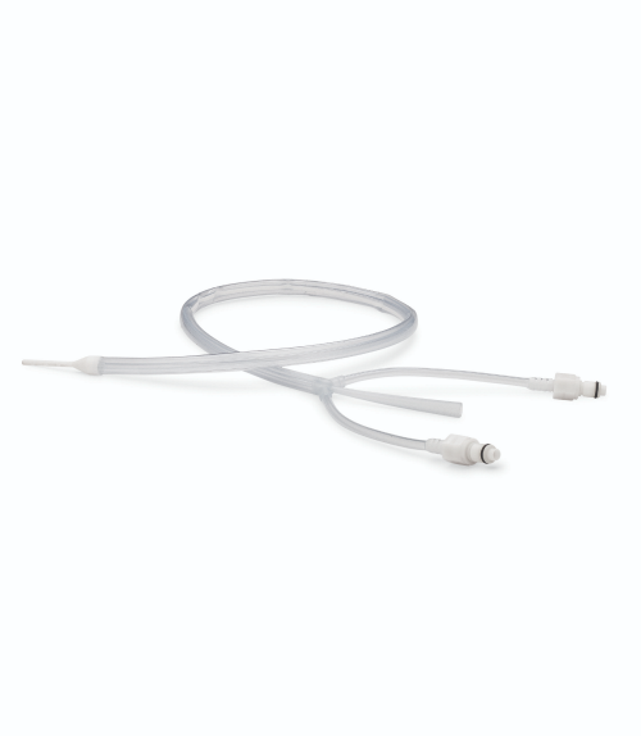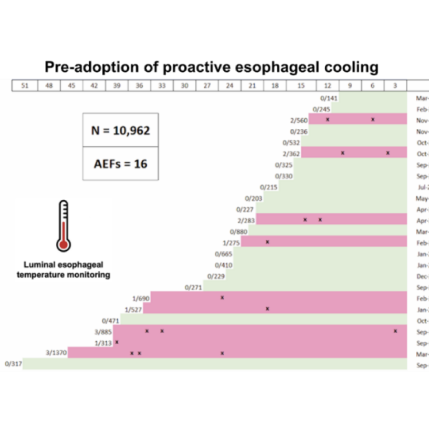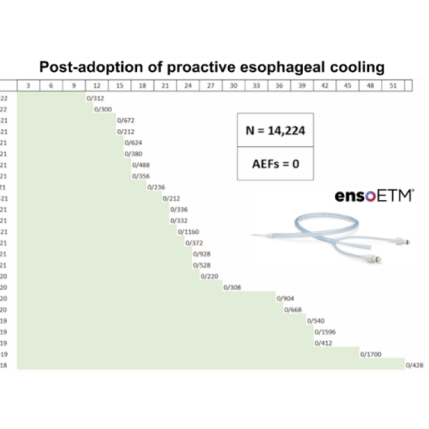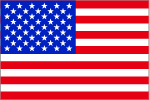ensoETM®
Protection. Freedom. Efficiency.
The ensoETM® system provides esophageal protection through proactive cooling during radiofrequency (RF) cardiac ablation.* Akin to a standard orogastric tube circulating chilled water, the ensoETM system has demonstrated† a 100% per-protocol reduction in severe esophageal lesions,1 and a 14% absolute increase in freedom from atrial arrhythmia at one year.3 Additionally, the ensoETM system eliminates temperature alarms and stoppages associated with luminal esophageal temperature (LET) monitoring,4 resulting in a reduction in mean procedure time by 36–60 minutes.5,6 The ensoETM system has an FDA-granted indication to reduce the likelihood of ablation-related esophageal injury resulting from RF cardiac ablation procedures.

ensoETM® System
Make a selection to learn more
ensoETM® System
Esophageal protection through proactive cooling during RF cardiac ablation*
Ordering Information
The following results are from studies comparing ensoETM® system to luminal esophageal temperature (LET) monitoring:1,2,7
- 83.4% relative reduction of thermal injury with the ensoETM® system7
- 100% reduction of severe esophageal lesions with the ensoETM® system (per-protocol)1
- Statistically significant reduction in atrioesophageal fistula (AEF) rate from 0.146% with LET to 0% after adoption of the ensoETM® system
- 0 AEFs identified in the 14,224 patients treated with the ensoETM® system


Just Cool It
- Freedom from temperature alarms and stoppages associated with LET monitoring4
- 14% absolute increase in freedom from atrial arrhythmia at one year3
.png)
ensoETM® system eliminates the temperature alarms and stoppages associated with LET probes4
Because the ensoETM® system removes the need for LET probes, it eliminates the need to pause for alarms or reposition a temperature sensor, resulting in:
- A reduction in mean procedure time by 36–60 minutes5,6
- A 43% relative mean increase in lab throughput in a study of 2,498 PVIs comparing ensoETM (n=1,472) to LET with added esophageal deviation when deemed necessary (n=1,026)8
.png)
.png?as=0&w=600&hash=4839FC39E2A187065D4E058AE7139C5B)
Proactive Esophageal Cooling
• Circulates water to cool the esophagus
• Closed-loop system
• Placed by anesthesia
• Central lumen provides gastric suction if needed
Resource Center
Find the information you need as you browse through helpful on-demand information to aid in your understanding of our esophageal protection solutions.
Featured Resources View all resources
Instructions for Use (ECD01)
The ensoETM® thermal regulating device is intended to connect to a Gaymar Medi-Therm® III or Stryker Altrix™ to reduce the likelihood of ablation-related esophageal injury resulting from radiofrequency cardiac ablation procedures.
Instructions for Use (ECD02)
The ensoETM® thermal regulating device is intended to connect to a Gentherm Blanketrol® II/III to reduce the likelihood of ablation-related esophageal injury resulting from radiofrequency cardiac ablation procedures.
Product Animation Video
Learn more about how the ensoETM® system provides esophageal protection through proactive cooling during radiofrequency (RF) cardiac ablation.*
| Catalog Number | Connection | Quantity |
| ECD01-A | Medi-Therm® or Altrix™ | 1 Box (4 per box) |
| ECD02-A | Blanketrol® II or III | 1 Box (4 per box) |
† Results are from studies comparing the ensoETM system to luminal esophageal temperature (LET) monitoring.
1. Leung, L. W. M., Bajpai, A., Zuberi, Z., Li, A., Norman, M., Kaba, R. A., Akhtar, Z., Evranos, B., Gonna, H., Harding, I., Sohal, M., Al-Subaie, N., Louis-Auguste, J., Hayat, J., Gallagher, M. M. (2021). Randomized comparison of oesophageal protection with a temperature control device: results of the IMPACT study. EP Europace, 23(2), 205–215. https://doi.org/10.1093/europace/euaa276
2. Sanchez, J, Woods, C, Zagrodzky, J. et al. Atrioesophageal Fistula Rates Before and After Adoption of Active Esophageal Cooling During Atrial Fibrillation Ablation. J Am Coll Cardiol EP. 2023 Dec, 9 (12)2558–2570. DOI: https://doi.org/10.1016/j.jacep.2023.08.022
3. Joseph, C., Nazari, J., Zagrodzky, J. et al. Improved 1-year outcomes after active cooling during left atrial radiofrequency ablation. J Interv Card Electrophysiol 66, 1621–1629 (2023). https://doi.org/10.1007/s10840-023-01474-3
4. Cooper, J., Joseph, C., Zagrodzky, J., et al. (2022). Active esophageal cooling during radiofrequency ablation of the left atrium: data review and update. Expert Review of Medical Devices, 19(12),949–957. https://doi.org/10.1080/17434440.2022.2150930
5. Joseph C, et al. Impact of active esophageal cooling on catheter ablation procedure times across five healthcare systems. Euro Heart J 2023;44 (Suppl 2).
6. Joseph C, et al. Procedural time reduction associated with active esophageal cooling during pulmonary vein isolation. J Interv Card Electophysiol 2022; (65):617-622. https://doi.org/10.1007/s10840-022-01204-1.7.
7. Leung, L. W. M., Ahkhtar Z, Elbatran A.I., Bajpai A., Li A., Norman M., Kaba R., Sohal, M., Zuberi Z., Gallagher M.M. on behalf of the IMPACT study group. Effect of esophageal cooling on ablation lesion formation in the left atrium; Insights from ablation index data in the IMPACT trial and clinical outcomes. J Cardiovasc Electrophysiol 2022;22:2546-2557. https://DOI:10.1111/jce.15717
8. Zagrodzky W, Cooper J, Joseph C, et al. Association between proactive esophageal cooling and increased lab throughput. J Cardiovasc Electrophysiol. 2024; 1-6. doi: https://doi.org/10.1111/jce.16263
 选择语言
选择语言  English (United States)
English (United States)  English (Canada)
English (Canada)  English (Other Regions)
English (Other Regions)  French
French  German
German  Italian
Italian  Japanese
Japanese  Russian
Russian  Spanish
Spanish 
